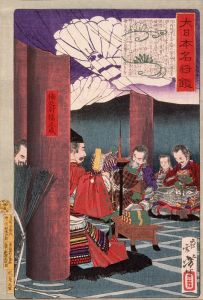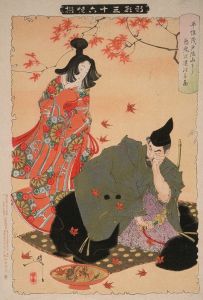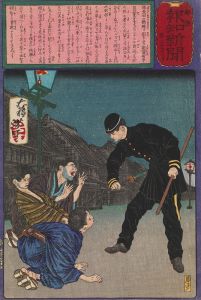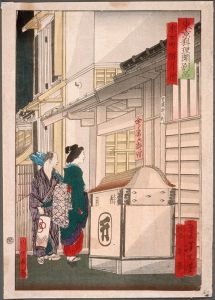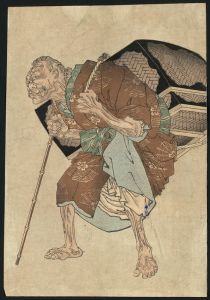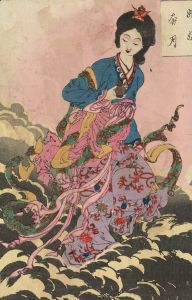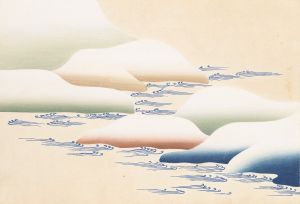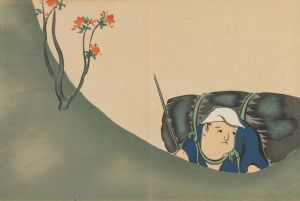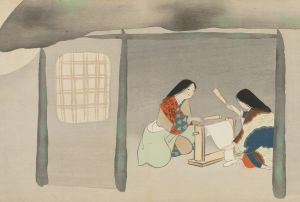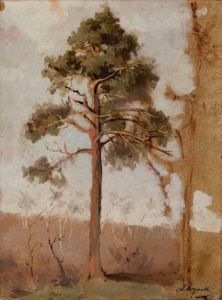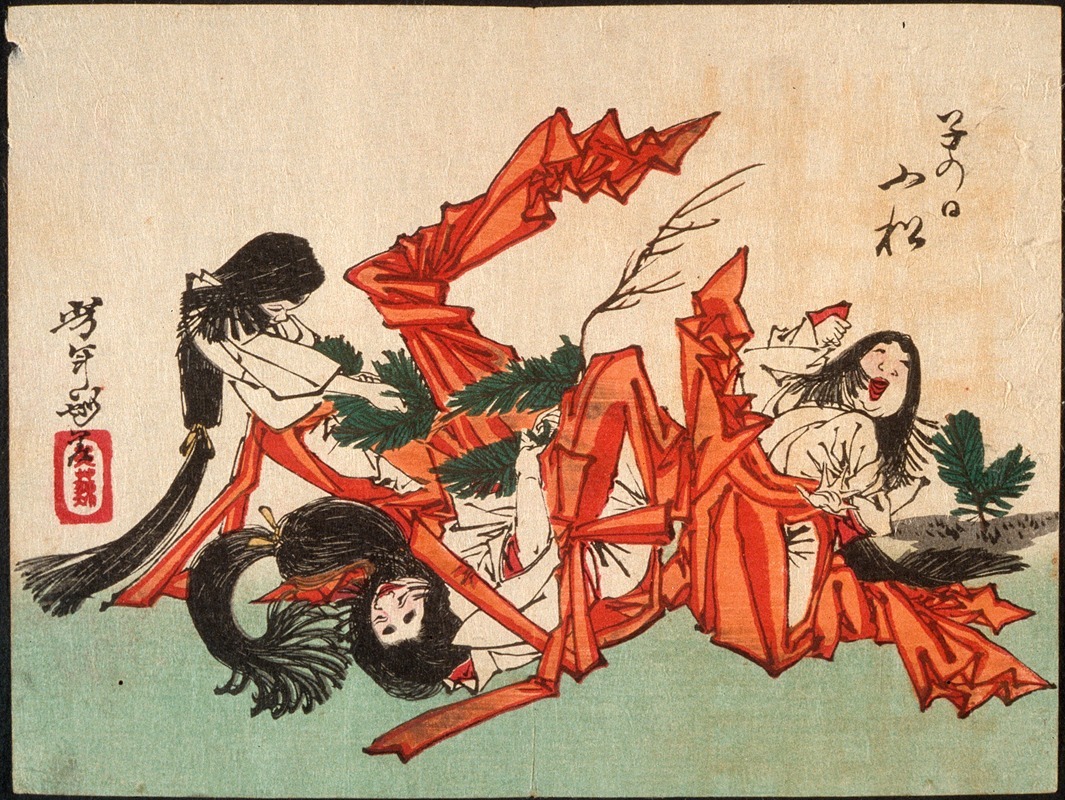
Pulling Pine Shoots on the Day of the Rat
A hand-painted replica of Tsukioka Yoshitoshi’s masterpiece Pulling Pine Shoots on the Day of the Rat, meticulously crafted by professional artists to capture the true essence of the original. Each piece is created with museum-quality canvas and rare mineral pigments, carefully painted by experienced artists with delicate brushstrokes and rich, layered colors to perfectly recreate the texture of the original artwork. Unlike machine-printed reproductions, this hand-painted version brings the painting to life, infused with the artist’s emotions and skill in every stroke. Whether for personal collection or home decoration, it instantly elevates the artistic atmosphere of any space.
"Pulling Pine Shoots on the Day of the Rat" is a woodblock print created by the renowned Japanese artist Tsukioka Yoshitoshi. Yoshitoshi, who lived from 1839 to 1892, is celebrated as one of the last great masters of the ukiyo-e genre of woodblock printing and painting. His works are known for their dynamic composition, vivid colors, and dramatic themes, often exploring historical and supernatural subjects.
This particular print is part of Yoshitoshi's series "One Hundred Aspects of the Moon" (Tsuki hyakushi), which was published between 1885 and 1892. The series consists of 100 prints that depict various scenes from Japanese and Chinese history, literature, and folklore, all unified by the motif of the moon. Each print in the series captures a moment that is either directly or indirectly associated with the moon, showcasing Yoshitoshi's fascination with the celestial body and its cultural significance.
"Pulling Pine Shoots on the Day of the Rat" illustrates a traditional Japanese custom associated with the lunar calendar. The Day of the Rat is a specific day in the Japanese lunar calendar that is considered auspicious for certain activities, including the pulling of pine shoots. This practice is rooted in agricultural rituals and is believed to bring good fortune and a bountiful harvest. The print captures the essence of this custom, highlighting the connection between human activities and the cycles of nature.
Yoshitoshi's depiction is characterized by his typical attention to detail and his ability to convey emotion and narrative through visual elements. The composition likely features figures engaged in the act of pulling pine shoots, set against a backdrop that emphasizes the natural environment. The use of color and line work in the print would reflect Yoshitoshi's mature style, which combines traditional ukiyo-e techniques with innovative approaches that he developed over his career.
The "One Hundred Aspects of the Moon" series, including "Pulling Pine Shoots on the Day of the Rat," is significant not only for its artistic merit but also for its cultural and historical value. It provides insight into the customs, beliefs, and stories that were prevalent in Japan during the late Edo and early Meiji periods. Yoshitoshi's work is often seen as a bridge between the traditional ukiyo-e style and the modern era of Japanese art, as he incorporated elements of Western art and responded to the rapid changes occurring in Japan during his lifetime.
Today, Yoshitoshi's prints are highly regarded by collectors and scholars alike, and they continue to be studied for their artistic innovation and cultural significance. "Pulling Pine Shoots on the Day of the Rat" remains an exemplary piece within Yoshitoshi's oeuvre, reflecting his mastery of the woodblock print medium and his deep engagement with Japanese tradition and folklore.





